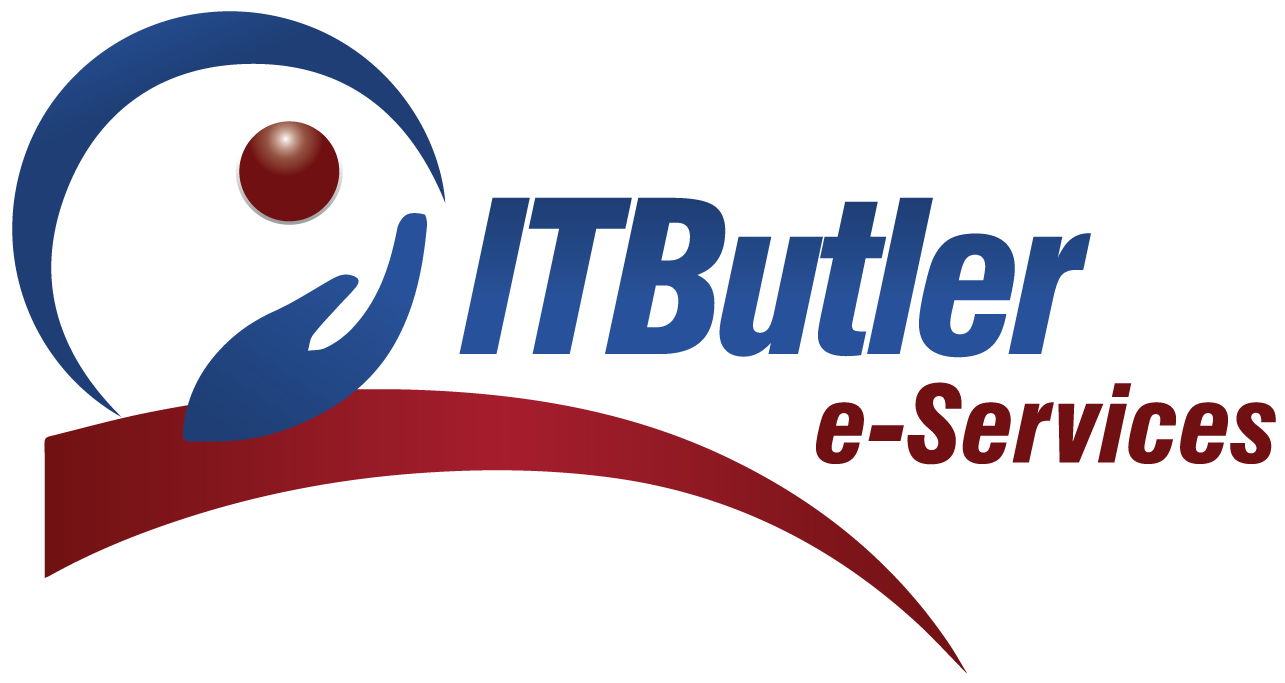In the intricate world of cybersecurity, where threats are diverse and ever-evolving, one insidious tactic that often goes under the radar is the homograph attack. This sophisticated form of cyber threat leverages the subtle manipulation of characters to deceive users and compromise security. In this blog post, we’ll delve into the intricacies of homograph attacks, explore their potential impact on cybersecurity, and discuss remediation strategies to ensure robust business continuity.
Defining the Homograph Attack
A homograph attack is a deceptive technique employed by cybercriminals to create URLs or email addresses that visually appear identical to legitimate ones but use different characters. The attackers exploit the fact that certain characters from various scripts or languages look alike, allowing them to craft URLs that are visually indistinguishable from authentic ones.
How Homograph Attacks Work
At the core of homograph attacks is the use of homographs—characters from different scripts that share visual similarities. For example, the Latin and Cyrillic scripts contain characters that look alike but are distinct. Attackers exploit this similarity by registering domain names with substituted characters to mimic legitimate websites. For instance, consider the following example: legitimate URL: www.itbutler.com Homograph Attack URL: www.ítbutler.com In this case, the ‘i’ in the homograph URL is replaced with the accented ‘í,’ visually identical to the Latin ‘i.’ To an unsuspecting user, the two URLs appear identical, leading them to believe they are accessing a legitimate website.
Potential Impact of Homograph Attacks
- Phishing:
Homograph attacks are often used in phishing campaigns. Cybercriminals create deceptive emails or websites that imitate trustworthy entities, tricking users into providing sensitive information such as login credentials or financial details.
- Malware Distribution:
By luring users to malicious websites through homographed URLs, attackers can initiate drive-by downloads or deliver malware. This poses a significant threat to the security of the user’s device and potentially the entire network.
- Brand Impersonation:
Businesses can be targeted with homograph attacks to impersonate their websites or emails, damaging the brand’s reputation and eroding customer trust.
Preventing Homograph Attacks
- Domain Monitoring:
Regularly monitor domain registrations for any variations or homographs of your legitimate domain names. Establish a proactive approach to detect potential threats before they can be exploited.
- SSL Certificates:
Ensure that your website uses Secure Sockets Layer (SSL) certificates. HTTPS websites with valid SSL certificates add a layer of security, making it more difficult for attackers to impersonate your site.
- User Education:
Educate users about the risks associated with homograph attacks. Encourage them to scrutinize URLs, especially when clicking on links in emails or messages.
The Role of a Cybersecurity Remediation Provider:
In the ever-changing landscape of cybersecurity threats, businesses need to be proactive in safeguarding their digital assets. Partnering with a cybersecurity remediation provider becomes crucial for effective threat mitigation and business continuity management. IT Butler, your trusted cybersecurity remediation provider, offers tailored solutions to address the specific risks posed by homograph attacks. Our services encompass threat monitoring, incident response, and proactive measures to fortify your organization’s cybersecurity posture. With expert guidance and cutting-edge technology, IT Butler helps businesses stay one step ahead of cyber threats, ensuring a resilient and secure digital environment.
Business Continuity Management in the Face of Homograph Threats: Incorporating homograph threat mitigation into your business continuity management strategy is essential for maintaining operations in the face of evolving cybersecurity risks. Consider the following steps:
- Risk Assessment:
Conduct a comprehensive risk assessment to identify potential vulnerabilities related to homograph attacks. This includes assessing the impact on business operations, data integrity, and customer trust.
- Incident Response Plan:
Develop a robust incident response plan that specifically addresses homograph attacks. Define clear procedures for detecting, containing, and mitigating the impact of such threats.
- Regular Training and Awareness:
Implement ongoing training programs to educate employees about the risks of homograph attacks and how to identify potential threats. Awareness is a powerful defense against deceptive tactics.
Homograph attacks represent a nuanced and potent threat in the realm of cybersecurity. Understanding the intricacies of these attacks is crucial for individuals and businesses alike. By implementing preventive measures, staying informed about emerging threats, and partnering with cybersecurity remediation providers like IT Butler, organizations can fortify their defenses and ensure resilient business continuity in the face of evolving cyber risks.






